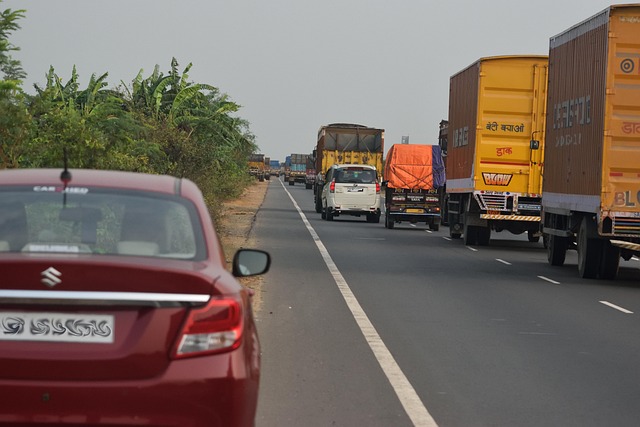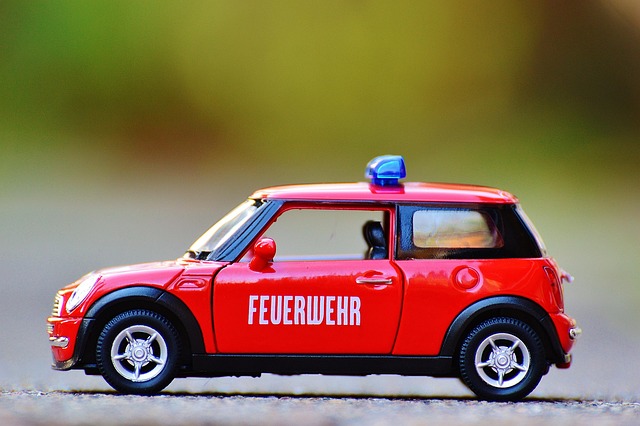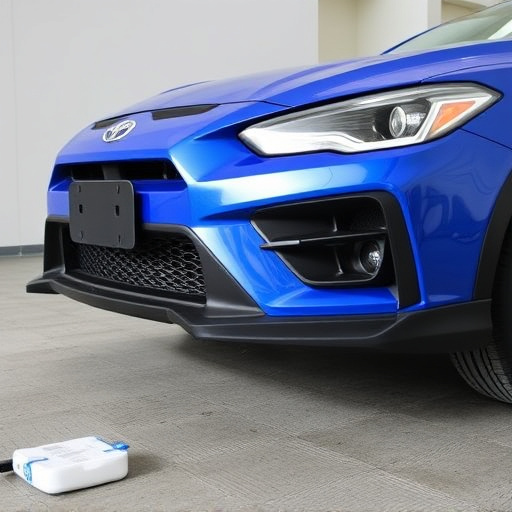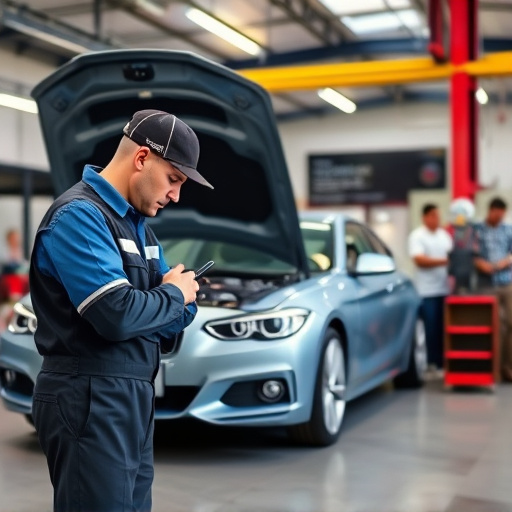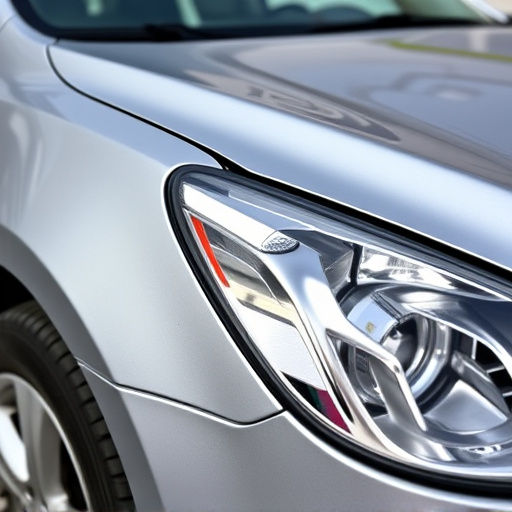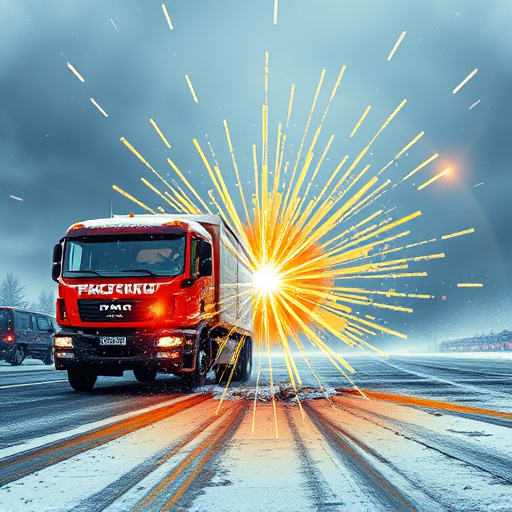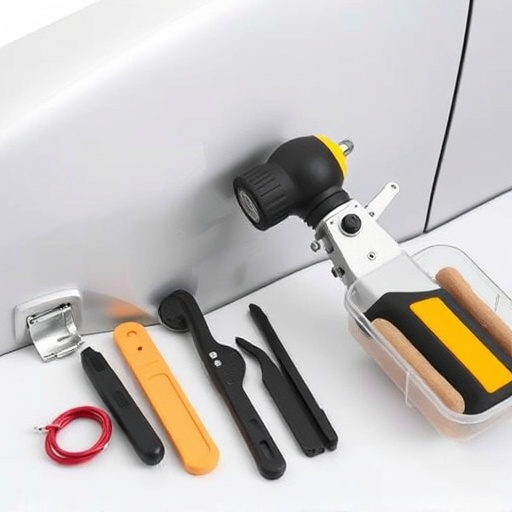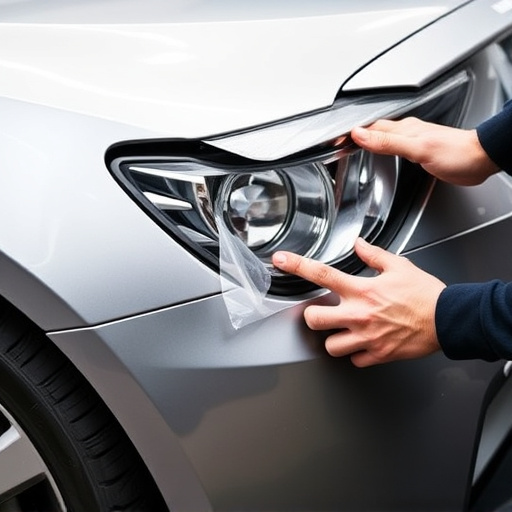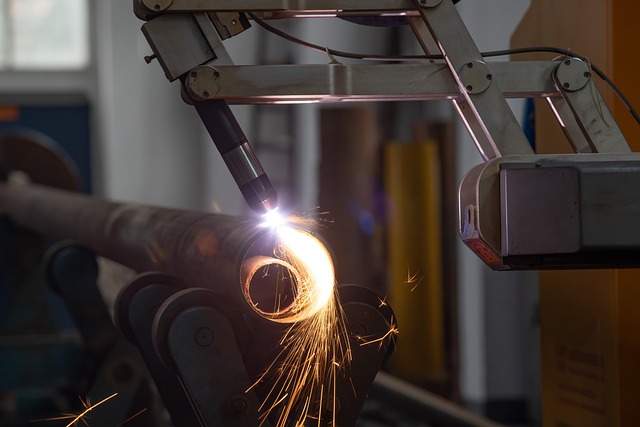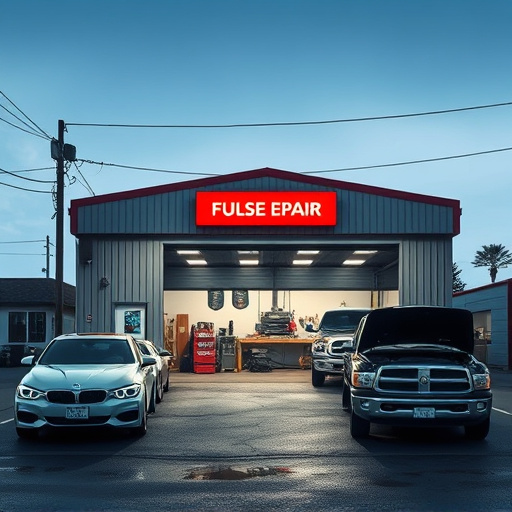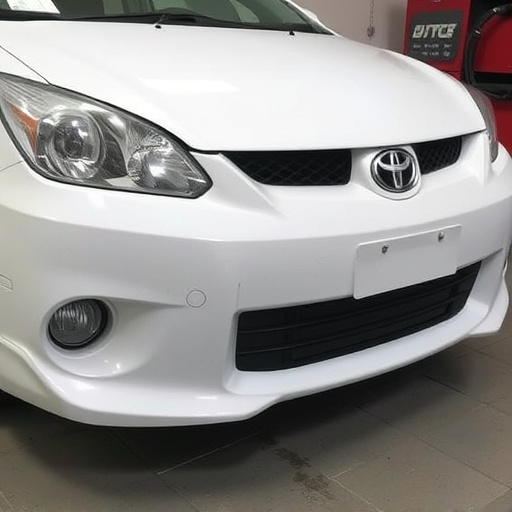Auto buffing and polishing restores vehicle finish through cleaning, using coarse abrasives to fix scratches, transitioning to finer abrasives for gloss, and finishing with protective coats. Duration varies based on car condition, size, detail desired, with heavily damaged cars taking longer. Efficient sessions last 30 mins to an hour; damaged vehicles may require more time. Tips include preparation, thorough washing, small-section application, regular progress checks, and switching to finer polishes for optimal results.
Discover the optimal time for auto buffing and polishing—a crucial step in maintaining your vehicle’s gleam. This process, involving intricate detailing, enhances paint protection and reveals a vibrant finish. Understanding the factors influencing duration is key: car size, paint condition, and product quality. On average, expect to spend 15-20 minutes per panel, but dedicated enthusiasts may take longer for perfect results. Learn tips to streamline the process and keep your ride sparkling efficiently with these expert insights on auto buffing and polishing.
- Understanding Auto Buffing and Polishing Process
- Factors Influencing Time Required for Buffing
- Optimizing Time: Tips for Efficient Car Care
Understanding Auto Buffing and Polishing Process
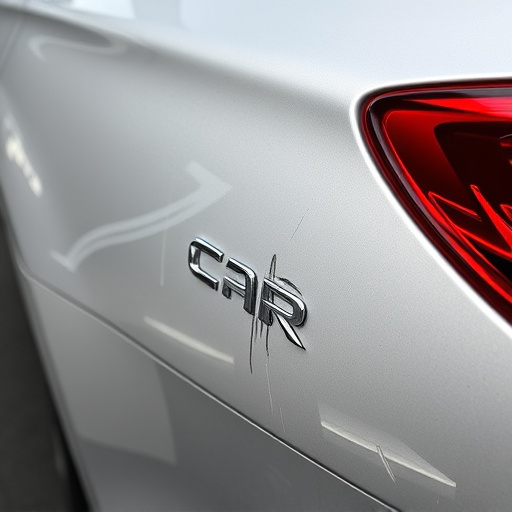
The auto buffing and polishing process involves several steps designed to restore a vehicle’s finish to its optimal condition. It begins with a thorough cleaning to eliminate dirt, dust, and contaminants that can hinder the buffing process. After cleaning, a coarse abrasive is used to address any scratches, swirls, or minor dents, effectively smoothing out the paint surface. This initial step lays the groundwork for subsequent finer abrasives that will further enhance the car’s gloss and clarity.
As the process progresses, progressively finer abrasives are applied, each one building upon the previous step to achieve a seamless, glossy finish. Polishing compounds play a crucial role in this stage, providing an extra layer of protection and enhancing the depth and brilliance of the paintwork. The final step involves applying a protective coat, often a carnauba wax or sealant, which not only adds shine but also serves as a barrier against UV rays, environmental pollutants, and future scratches, ensuring the vehicle retains its glossy appearance for longer periods and requires less frequent reapplication of auto buffing and polishing. This process is distinct from car dent repair and frame straightening, which focus on structural repairs, whereas auto buffing and polishing are primarily concerned with aesthetic enhancements to the car’s exterior paint services.
Factors Influencing Time Required for Buffing
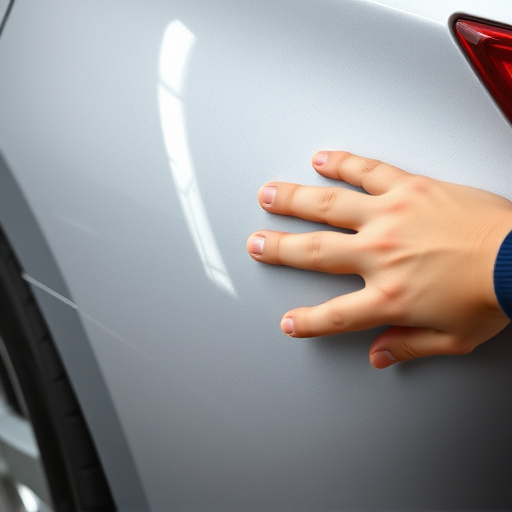
The time required for auto buffing and polishing can vary significantly based on several factors. First, the condition of your vehicle’s paintwork is a primary determinant. A car with heavy scratches or oxidation will need more extensive polishing to restore its original shine, thereby taking longer than a vehicle with minimal damage. The size and complexity of the vehicle also play a role; larger vehicles or those with intricate body shapes might demand extra time due to the challenge of reaching all surfaces evenly.
Additionally, the level of detail desired by the owner affects the duration. A quick once-over for basic shine might take an hour, but a meticulous, full-scale buffing and polishing job aimed at achieving a showroom finish can easily stretch to several hours, even at a professional auto collision center or dedicated auto repair shop. The type of products used—polishes, compounds, and finishing agents—also influences timing as more aggressive products often require additional time for proper application and removal to achieve the best results.
Optimizing Time: Tips for Efficient Car Care

Optimizing Time: Tips for Efficient Car Care
When it comes to auto buffing and polishing, efficiency is key to maintaining your vehicle’s gleam without spending excessive time or effort. The duration can vary based on several factors such as the condition of your car’s bodywork, the quality of products used, and the level of shine you desire. On average, a complete buffing and polishing session should take anywhere between 30 minutes to an hour for an average-sized vehicle. However, for heavily scratched or dented vehicles, this timeline may increase as it requires more time to restore the car’s surface to perfection.
To maximize your time, prepare beforehand by gathering all necessary tools and products. Start with a thorough wash to remove dirt and grime, then move on to decontaminating the paintwork to prevent buffing compounds from bonding with existing imperfections. During buffing, apply products in small sections, working efficiently but meticulously. Regularly inspect your progress and switch to a finer polish for the final stages. Remember, proper planning and technique can significantly enhance the efficiency of auto buffing and polishing, ensuring your vehicle shines brightly without spending all day at it.
Auto buffing and polishing are essential processes for maintaining a car’s finish, but the time required can vary. By understanding the factors influencing duration, such as vehicle condition and the desired shine level, you can optimize your car care routine. Implementing efficient tips like preparing the surface properly, choosing the right products, and working in sections can significantly reduce the time spent on auto buffing and polishing, ensuring a gleaming finish without sacrificing quality.
